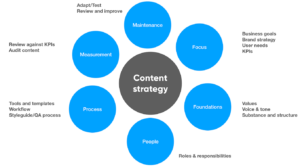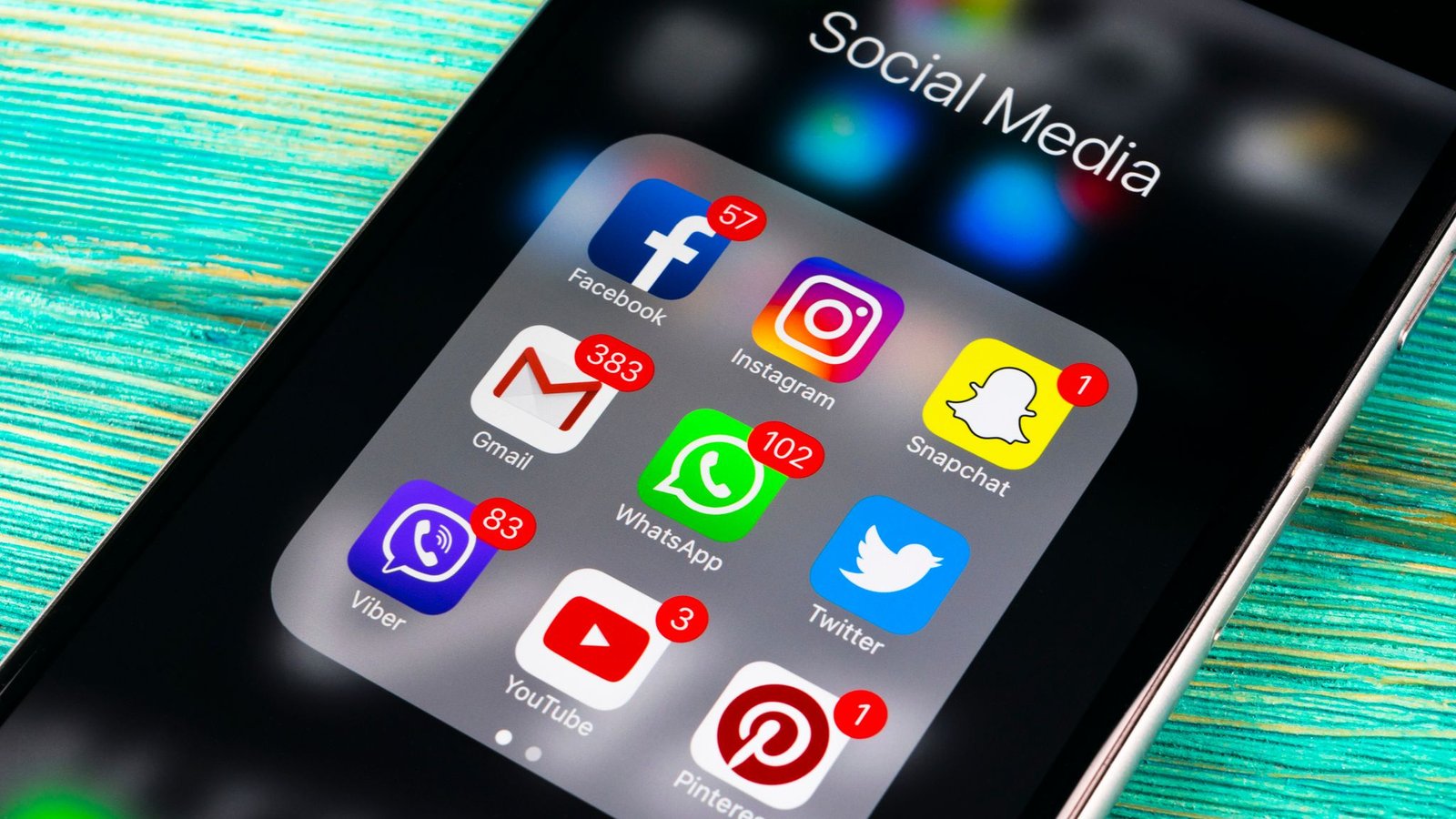Introduction.
How to Use Social Media: Social media platforms like Facebook, Instagram, X, LinkedIn, and TikTok are powerful tools for connecting with audiences, building brands, and achieving goals. However, many clients struggle to use social media effectively due to a lack of strategy, inconsistent execution, or misunderstanding platform dynamics. This guide breaks down the problem of ineffective social media use, identifies its causes, highlights the consequences of inaction, and provides a step-by-step solution to help clients succeed. Real-world examples and preventive tips ensure practical application and long-term success.
Breaking Down the Problem.
Using social media ineffectively can manifest in several ways:
-
Low Engagement: Posts receive minimal likes, comments, or shares.
-
Inconsistent Branding: Content lacks a cohesive voice or visual identity.
-
Poor Audience Targeting: Content fails to reach or resonate with the intended audience.
-
Time Wastage: Hours spent on social media yield little to no results.
-
Missed Opportunities: Failure to leverage trends, analytics, or platform features.
Common Causes.
-
Lack of Strategy: Posting without clear goals (e.g., brand awareness, sales, community building).
-
Inconsistent Posting: Sporadic or irregular content updates reduce visibility and engagement.
-
Misunderstanding Platforms: Using the same content across platforms without tailoring to their unique audiences and algorithms.
-
Neglecting Analytics: Failing to track performance metrics or adjust strategies based on data.
-
Inauthentic Content: Overly sales-focused or generic posts that don’t connect with audiences.
-
Resource Constraints: Limited time, budget, or expertise to create high-quality content.
Consequences of Not Addressing the Issue.
-
Lost Opportunities: Businesses miss out on leads, sales, or partnerships due to poor visibility.
-
Damaged Reputation: Inconsistent or low-quality content can erode trust and credibility.
-
Wasted Resources: Time and money spent on ineffective strategies yield no return on investment.
-
Competitive Disadvantage: Competitors with strong social media presence capture market share.
-
Audience Disconnect: Failure to engage audiences leads to reduced loyalty and community growth.
Step-by-Step Solution: How to Use Social Media Effectively:
Follow these actionable steps to create a robust social media strategy that drives results.
Step 1: Define Clear Objectives.
-
Action: Identify specific, measurable goals for social media use (e.g., increase website traffic by 20% in 3 months, gain 1,000 followers in 6 months, or generate 50 leads per month).
-
Tools/Resources:
-
Use SMART goal templates (Specific, Measurable, Achievable, Relevant, Time-bound) available on sites like Asana or Trello.
-
Platforms like X Analytics or Instagram Insights to track progress.
-
-
Example: A small bakery might aim to increase Instagram followers by 500 in 3 months to boost local brand awareness.
Step 2: Understand Your Audience.
-
Action: Research your target audience’s demographics, interests, and online behavior. Create audience personas to guide content creation.
-
Tools/Resources:
-
Surveys via Google Forms to gather customer insights.
-
Social media analytics tools (e.g., Hootsuite, Sprout Social) to identify audience demographics.
-
-
Example: A fitness coach discovers through X polls that their audience prefers short workout videos over long blog posts, tailoring content accordingly.
Step 3: Choose the Right Platforms.
-
Action: Select platforms that align with your audience and goals. For example:
-
Instagram/TikTok for visual content and younger audiences.
-
LinkedIn for B2B networking and professional content.
-
X for real-time updates and community engagement.
-
-
Tools/Resources: Use platform comparison guides from HubSpot or Buffer to evaluate features.
-
Example: A B2B software company focuses on LinkedIn for thought leadership articles and X for industry news, avoiding TikTok due to audience mismatch.
Step 4: Develop a Content Strategy.

-
Action: Create a content calendar with a mix of content types (e.g., educational, promotional, entertaining) tailored to each platform.
-
Content Types:
-
Educational: How-to guides, tips, or industry insights.
-
Promotional: Product launches, discounts, or testimonials.
-
Entertaining: Memes, behind-the-scenes, or trending challenges.
-
-
Posting Frequency: Aim for 3–5 posts per week on Instagram/X, 1–2 on LinkedIn, or daily on TikTok.
-
-
Tools/Resources:
-
Canva for designing visuals.
-
Later or Buffer for scheduling posts.
-
Trello or Notion for content planning.
-
-
Example: A fashion brand schedules Instagram Reels (3x/week), Stories (daily), and X posts (2x/week) to showcase new collections and customer reviews.
Step 5: Optimize Content for Each Platform.
-
Action: Tailor content to each platform’s algorithm and audience preferences:
-
Instagram: High-quality visuals, hashtags, and Stories.
-
X: Concise text, trending hashtags, and polls.
-
LinkedIn: Professional tone, long-form posts, and company updates.
-
TikTok: Short, engaging videos with trending audio.
-
-
Tools/Resources:
-
Hashtag generators like All Hashtag or RiteTag.
-
Video editing tools like CapCut or Adobe Premiere Rush.
-
-
Example: A restaurant posts a 15-second TikTok video of a chef preparing a dish with trending music, while sharing a detailed recipe blog post on LinkedIn.
Step 6: Engage with Your Audience.
-
Action: Respond to comments, messages, and mentions promptly. Run polls, Q&As, or contests to boost interaction.
-
Tools/Resources:
-
Hootsuite or Sprout Social for managing comments across platforms.
-
X’s built-in poll feature for audience engagement.
-
-
Example: A skincare brand hosts an X Q&A session about common skin concerns, increasing engagement by 30%.
Step 7: Monitor and Analyze Performance.
-
Action: Track key metrics (e.g., engagement rate, reach, clicks) weekly and adjust strategies based on data.
-
Tools/Resources:
-
Native analytics (e.g., Instagram Insights, X Analytics).
-
Third-party tools like Google Analytics for website traffic from social media.
-
-
Example: A tech startup notices low engagement on LinkedIn posts and shifts to shorter, more visual content, improving click-through rates by 15%.
Step 8: Stay Updated on Trends and Features.
-
Action: Follow industry blogs and experiment with new platform features (e.g., Instagram Reels, X Spaces).
-
Tools/Resources:
-
Blogs like Social Media Examiner or Later.
-
X for real-time trend updates.
-
-
Example: A travel agency uses X Spaces to host live Q&As with travel experts, attracting 200 listeners per session.
Real-World Case Study.
Case Study: Local Coffee Shop Boosts Sales with Social Media
-
Problem: A small coffee shop in Austin, TX, struggled with low foot traffic and no social media presence.
-
Solution:
-
Defined Goals: Increase foot traffic by 25% in 3 months.
-
Audience Research: Identified target audience as local millennials and Gen Z via Instagram polls.
-
Platform Choice: Focused on Instagram for visuals and X for community engagement.
-
Content Strategy: Posted daily Instagram Stories of baristas and weekly X posts about events, using local hashtags.
-
Engagement: Responded to all comments and ran a “Tag a Friend” Instagram contest for free coffee.
-
Analytics: Used Instagram Insights to track engagement, finding that Reels performed 50% better than static posts.
-
-
Results: Foot traffic increased by 30% in 3 months, and Instagram followers grew from 0 to 1,200.
-
Lesson: Consistent, platform-specific content and active engagement can drive measurable results.
Preventive Tips for Long-Term Success.
-
Stay Consistent: Stick to a regular posting schedule to maintain visibility.
-
Adapt to Trends: Monitor X for trending topics and incorporate them into your content.
-
Invest in Quality: Use high-quality visuals and authentic messaging to build trust.
-
Train Your Team: Ensure staff understand social media best practices using resources like LinkedIn Learning.
-
Budget Wisely: Allocate funds for paid ads (e.g., $50/month on Instagram) to boost reach.
-
Review Regularly: Conduct monthly performance reviews to refine strategies.
Next Steps and Call to Action.
-
Start Today: Set one SMART goal for your social media and create a content calendar for the next month.
-
Experiment: Test one new feature (e.g., X Spaces or Instagram Reels) this week.
-
Track Progress: Use native analytics to monitor performance after 2 weeks and adjust as needed.
Act Now: Don’t wait—effective social media usecan transform your brand or business. Create your first post today and engage with your audience to build momentum!
